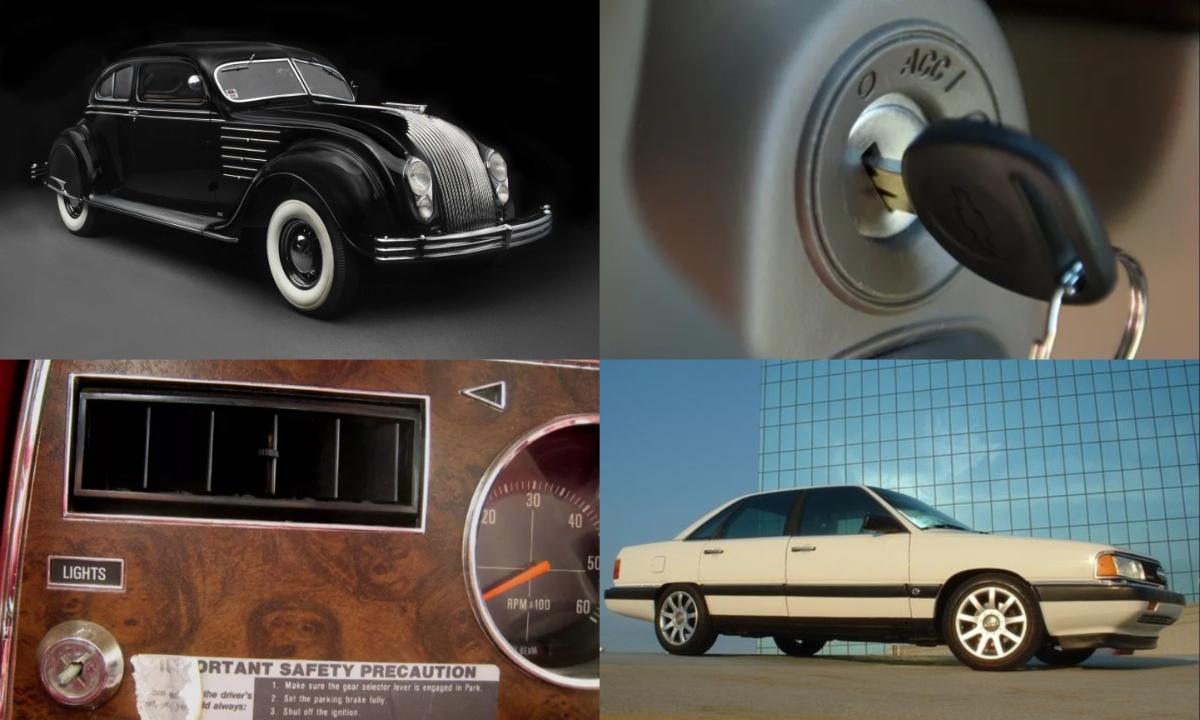The automotive industry has long been associated with innovation and progress, but it has also been plagued by numerous scandals and recalls that have raised concerns about safety, corporate ethics, and consumer protection.
Over the years, car manufacturers have often prioritized profits over public safety, resulting in serious defects, cover-ups, and tragic accidents. This article takes a closer look at some of the most notable scandals and recalls in the U.S. automotive industry, spanning from the 1930s to the present day.
1. General Motors v. The Chrysler Airflow (1934)
The Chrysler Airflow, introduced in 1934, was a groundbreaking vehicle that featured an aerodynamic design, advanced suspension, safety glass, and a steel unibody construction. However, Chrysler, a smaller automaker at the time, faced opposition from General Motors (GM), which was significantly larger.
GM launched a smear campaign against Airflow, falsely accusing Chrysler of plagiarizing a top-secret design and claiming the car was unsafe. This campaign, despite lacking any concrete evidence, succeeded in damaging the reputation of Airflow. Consequently, Chrysler discontinued the model in 1937, even though it had been a significant step forward in automotive design.

2. The Chevrolet Engine Mount Recall (1971)
In the early 1970s, the U.S. Department of Transportation and the National Highway Traffic Safety Administration (NHTSA) began to address more stringent safety regulations. One of the first scandals under their watch involved defective engine mounts in 1965-1969 Chevrolet vehicles.
These engine mounts were prone to failure, leading to dangerous consequences, such as unintended acceleration and transmission malfunctions. GM had received numerous reports about the defects but failed to act for years.
The issue only came to light after media attention forced GM to recall 6.5 million vehicles in 1971. The scandal highlighted the dangers of inadequate safety standards and corporate negligence in addressing safety defects.
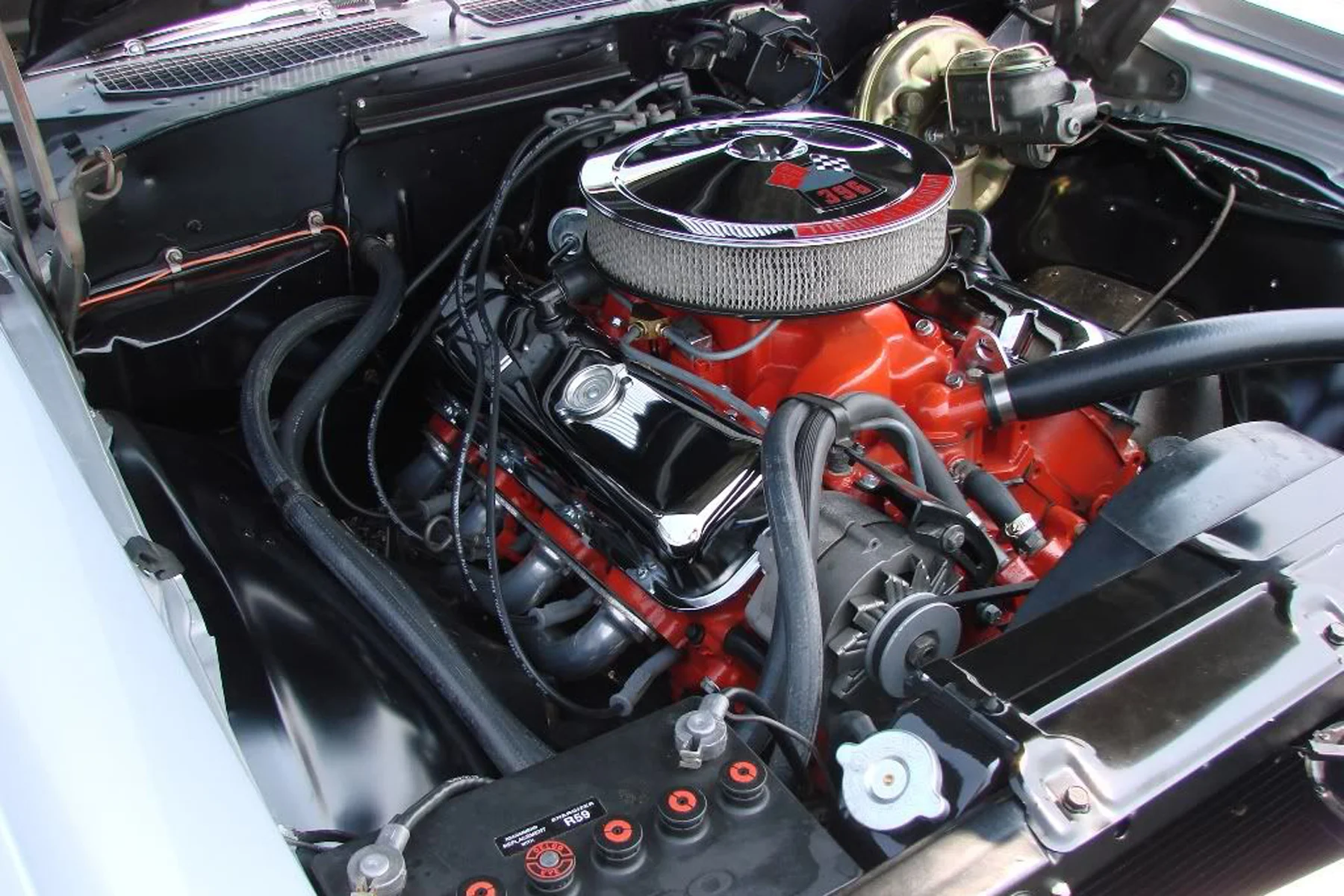
3. The Ford Pinto Recall (1971)
The Ford Pinto remains one of the most infamous automotive scandals in history. Introduced in 1971, the Pinto had a fatal design flaw in its fuel system. In the event of a rear-end collision, the fuel filler neck could separate, causing a fire.
Shockingly, Ford knew about the defect before production began but decided it was too costly to fix, opting to prioritize profits over human lives. Internal memos revealed that Ford calculated the cost of human lives as being cheaper than fixing the defect.
As a result, hundreds of deaths occurred before Ford eventually recalled 1.5 million vehicles. The scandal led to public outrage and significant legal consequences for Ford.
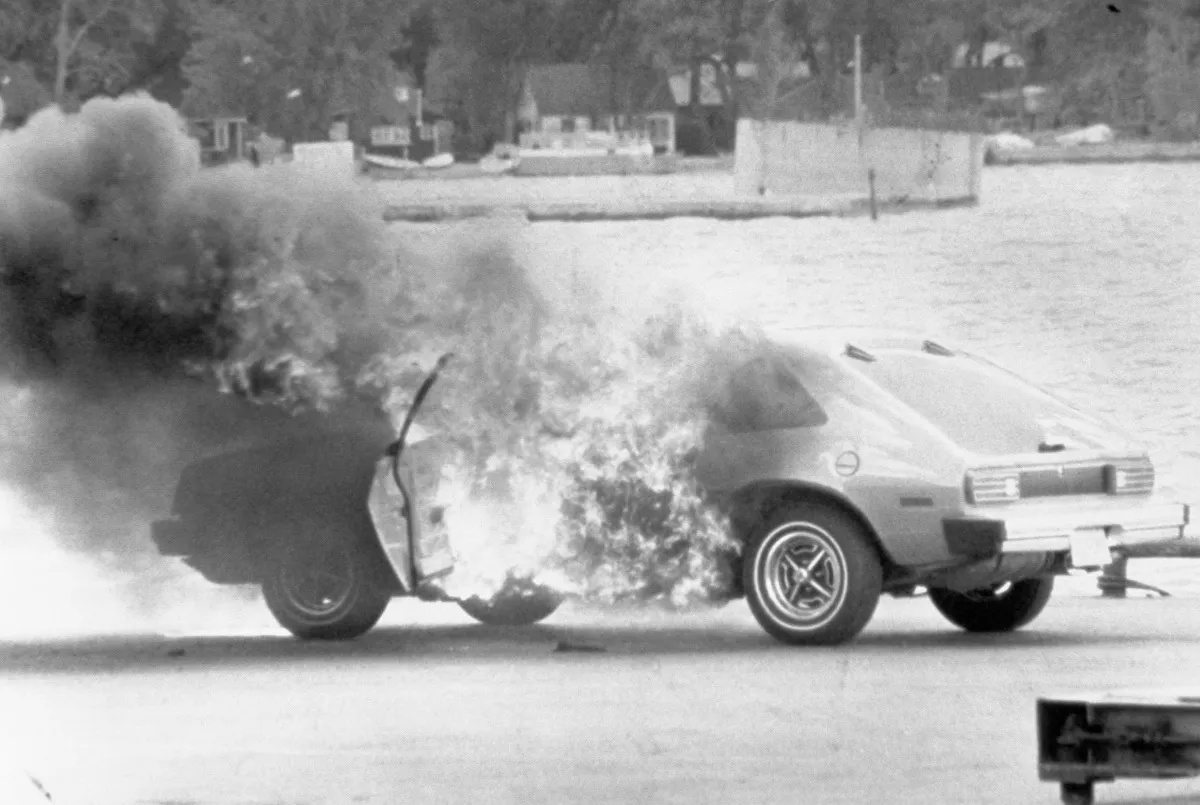
4. The Ford Transmission Defect (1980)
Following the Pinto scandal, Ford faced another major recall in 1980. The company had been aware of a defect in its transmissions, which could cause vehicles to slip out of the park and roll unexpectedly.
Despite knowing about the flaw since 1972, Ford chose not to recall the vehicles, opting instead to settle lawsuits quietly. By the time NHTSA investigated, the defect had been linked to over 700 accidents, 250 injuries, and at least 23 deaths.
Rather than initiating a costly recall, Ford sent out 23 million stickers to owners, advising them to engage the parking brake and ensure the gear lever was fully engaged. This half-hearted response allowed Ford to avoid the financial burden of a full recall, but it did not prevent further fatalities, and the death toll rose over time.
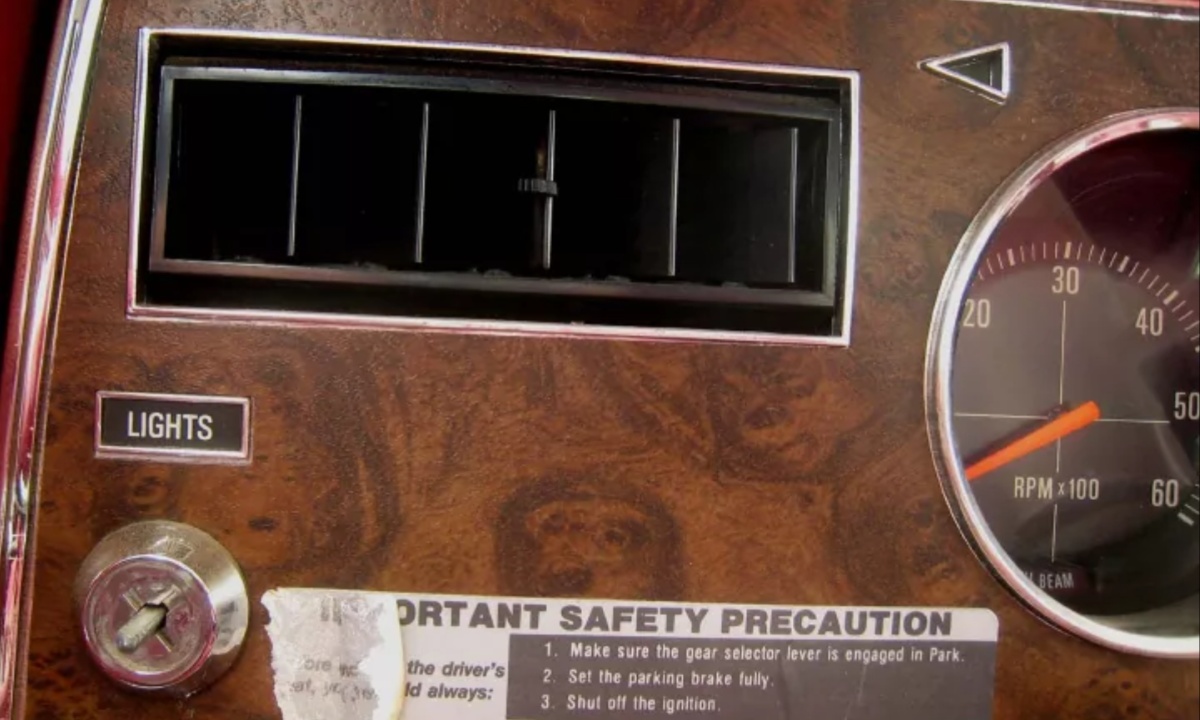
Also Read: Top 10 Automakers with the Most Vehicle Recalls in 2024 and the Safety Issues Behind Them
5. Audi 5000 Unintended Acceleration Controversy (1986)
In the mid-1980s, Audi became embroiled in a controversy over its Audi 5000 model, which was alleged to have a defect that caused unintended acceleration. CBS’s “60 Minutes” aired a sensational report, showing a modified Audi 5000 moving without a driver.
However, investigations later revealed that the footage had been manipulated, and the issue was not a defect but rather a driver error. Despite this, the damage was done, and Audi’s reputation in the U.S. was severely harmed. Sales plummeted from 75,000 vehicles in 1985 to just 12,000 by 1991. The scandal remains a cautionary tale about the impact of unethical journalism on a company’s reputation.
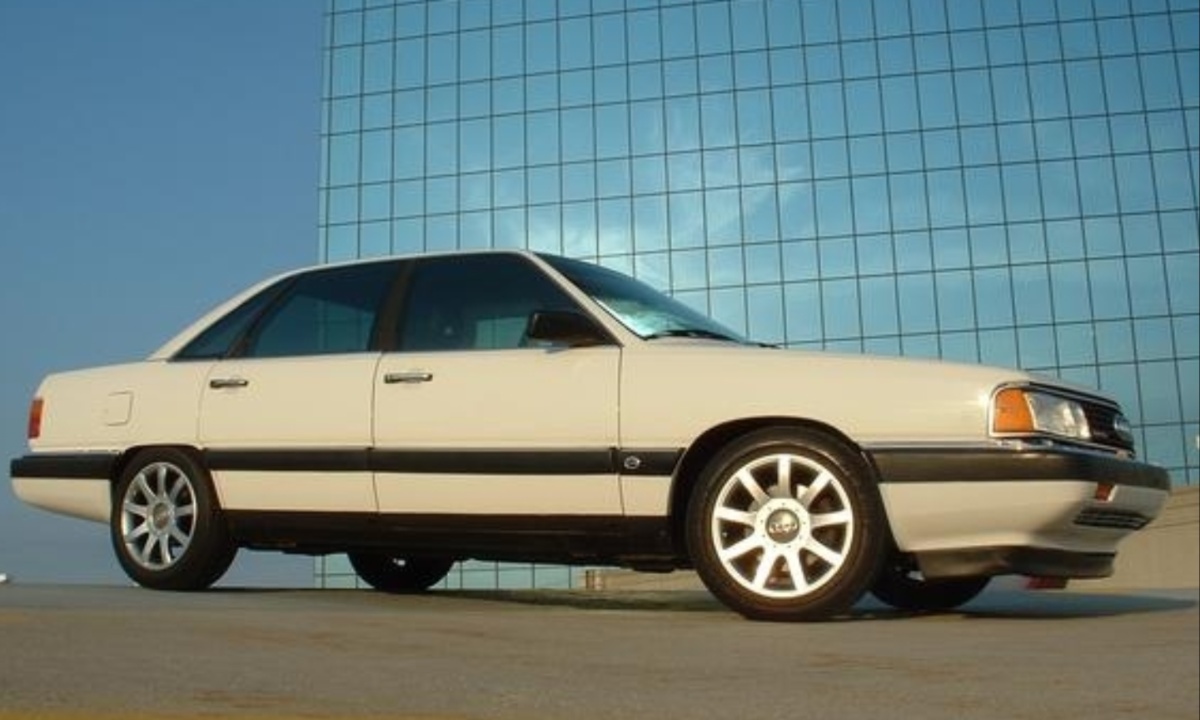
6. Ford Explorers and Firestone Tires (2000)
In the late 1990s and early 2000s, Ford and Firestone found themselves at the center of a massive safety crisis involving the Ford Explorer SUV and Firestone tires. A significant number of Explorer vehicles were involved in rollover accidents caused by tire blowouts.
Both companies initially blamed each other, but investigations revealed that the tires, coupled with the Explorer’s design, were a dangerous combination. The companies were forced to recall millions of tires, and the incident led to a public relations nightmare. The scandal raised concerns about the safety of SUVs and the importance of quality control in the automotive industry.

7. Toyota Unintended Acceleration Scandal (2009)
In 2009, Toyota found itself at the heart of another unintended acceleration scandal. The case gained widespread attention after a 911 call from a California Highway Patrol officer, whose Lexus accelerated uncontrollably and resulted in a fatal crash. Initially, Toyota denied any defect but eventually admitted that a faulty gas pedal assembly was responsible for the problem.
A recall for 9.3 million vehicles was issued in 2012, and Toyota was fined $1.2 billion by the U.S. government for misleading the public. The scandal damaged Toyota’s reputation, although the company took steps to improve its safety protocols.
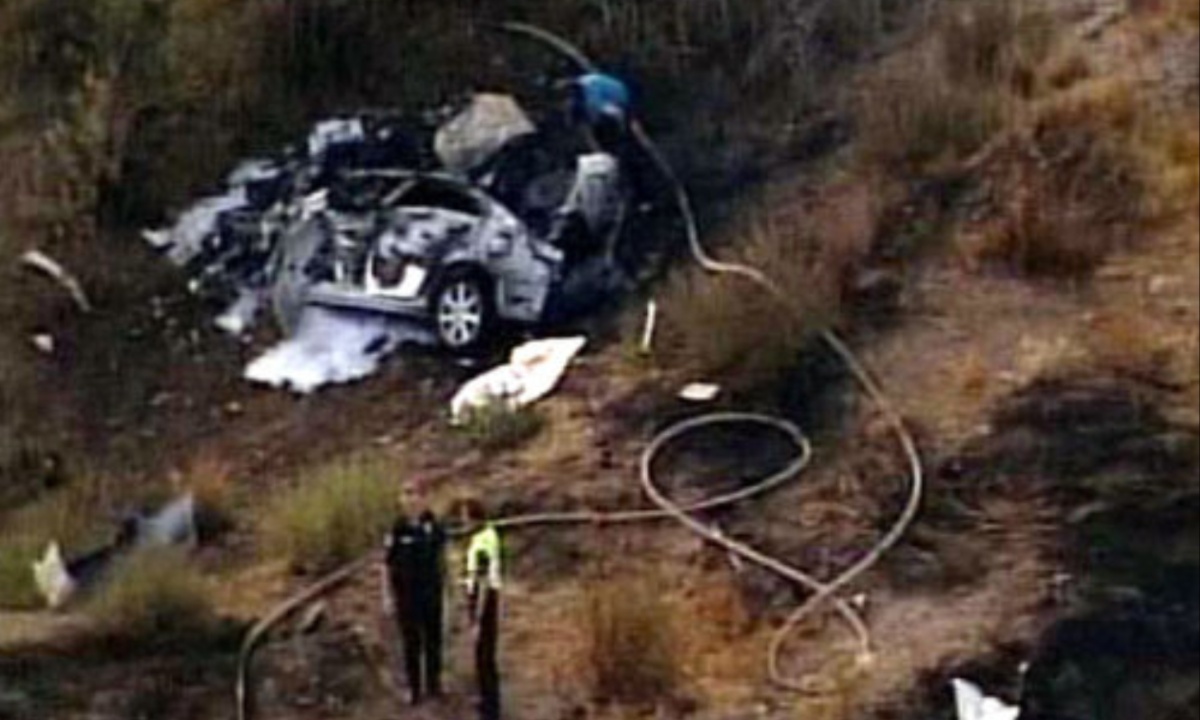
8. GM Ignition Switch Scandal (2014)
In 2014, General Motors was embroiled in yet another scandal, this time involving faulty ignition switches in several of its vehicles. The switches could cause the vehicles to stall, disabling critical safety features such as airbags. GM had known about the defect for years but delayed issuing a recall. The scandal led to at least 120 deaths and 275 injuries.
GM CEO Mary Barra faced harsh scrutiny, and the company ultimately set up a victims’ compensation fund. GM was fined $900 million, and the company took steps to overhaul its safety processes. The scandal highlighted the dangers of corporate complacency and the failure to prioritize consumer safety.

9. Takata Airbags Recall
The Takata airbag scandal has been one of the largest and most prolonged automotive safety issues in history. Takata airbags were found to be defective, causing the inflators to rupture during deployment, sending metal shrapnel into the vehicle cabin.
This defect has been linked to at least 20 deaths and numerous injuries. Despite recalls being issued for millions of vehicles, many of the affected airbags remain unrepaired.
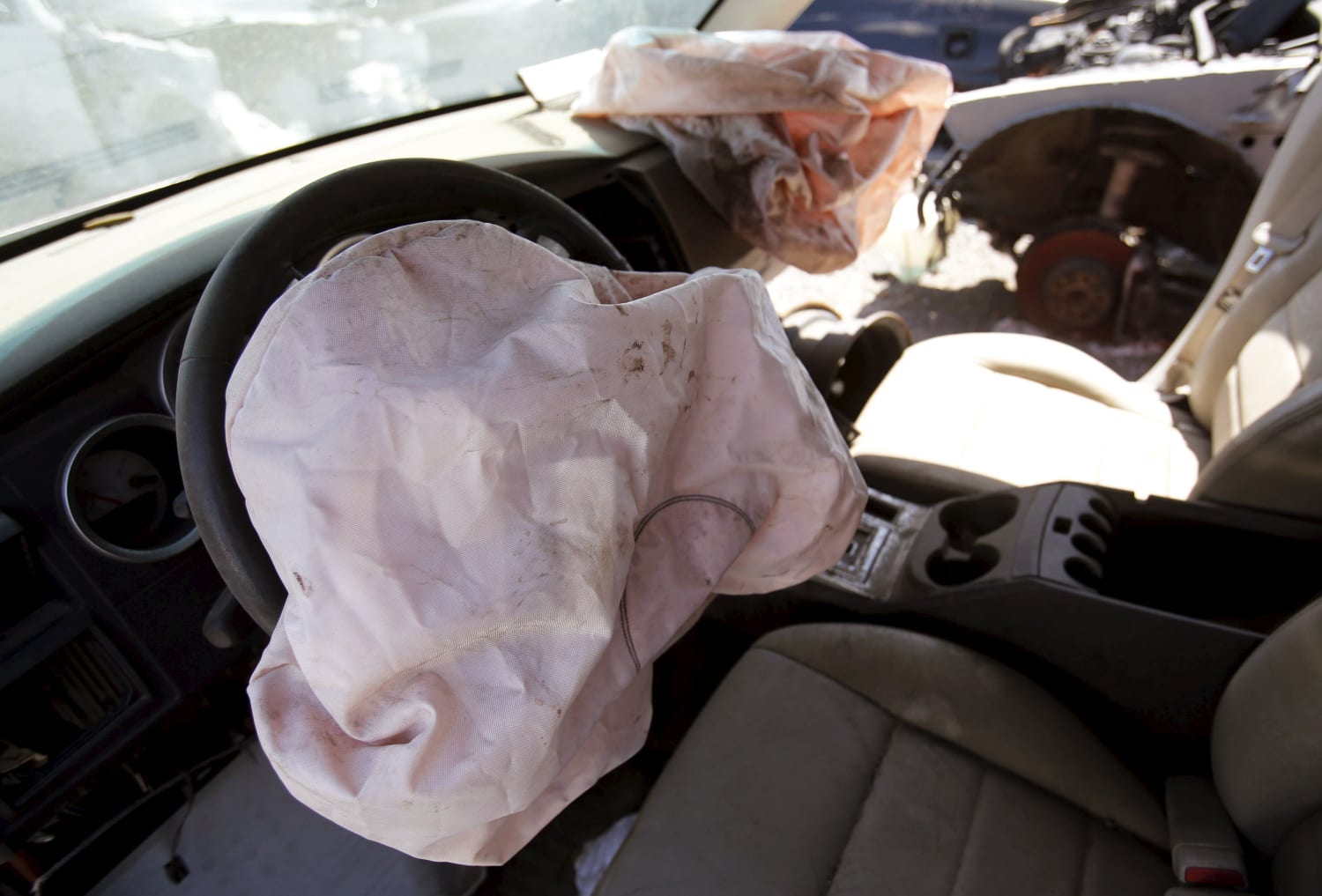
The situation has been exacerbated by Takata’s bankruptcy and ongoing lawsuits. As of now, over 42 million vehicles across multiple automakers have been affected, but repair rates remain disappointingly low, making this a continuing crisis for the automotive industry.
The recurring theme throughout these scandals is corporate negligence and the prioritization of profits over safety. Whether it’s GM’s failure to act on defective ignition switches or Ford’s cost-benefit analysis during the Pinto scandal, automakers have consistently demonstrated a disregard for consumer well-being in favor of saving money.
These scandals have prompted stronger regulations and oversight from agencies like NHTSA, but they also serve as a stark reminder of the lengths to which some corporations will go to avoid accountability.
Media exposure has played a pivotal role in uncovering these scandals, often acting as a catalyst for change. However, media sensationalism, as seen in the Audi 5000 case, can also distort the truth and damage the reputation of companies unjustly.
Despite these challenges, public outrage over safety defects has forced automakers to issue recalls and make changes to improve vehicle safety. The role of the media in these events underscores the power of public scrutiny in holding corporations accountable.
The history of automotive recalls and scandals highlights the complex relationship between corporate interests, consumer safety, and regulatory oversight. While significant strides have been made to improve vehicle safety, the automotive industry’s past is marred by numerous instances where profit-driven decisions led to deadly consequences.
As the industry continues to evolve, it remains crucial for regulators, manufacturers, and consumers to remain vigilant in ensuring that safety always comes first. The lessons learned from these scandals serve as a reminder that progress should never come at the expense of human life.
Also Read: 10 Best European Sports Cars That Rival High Performance Supercars

